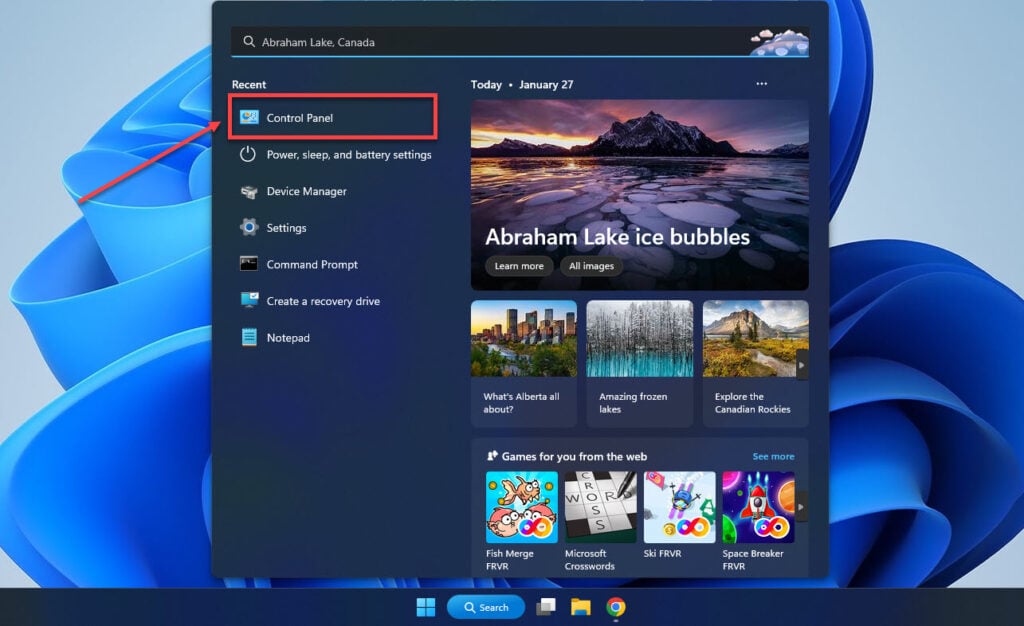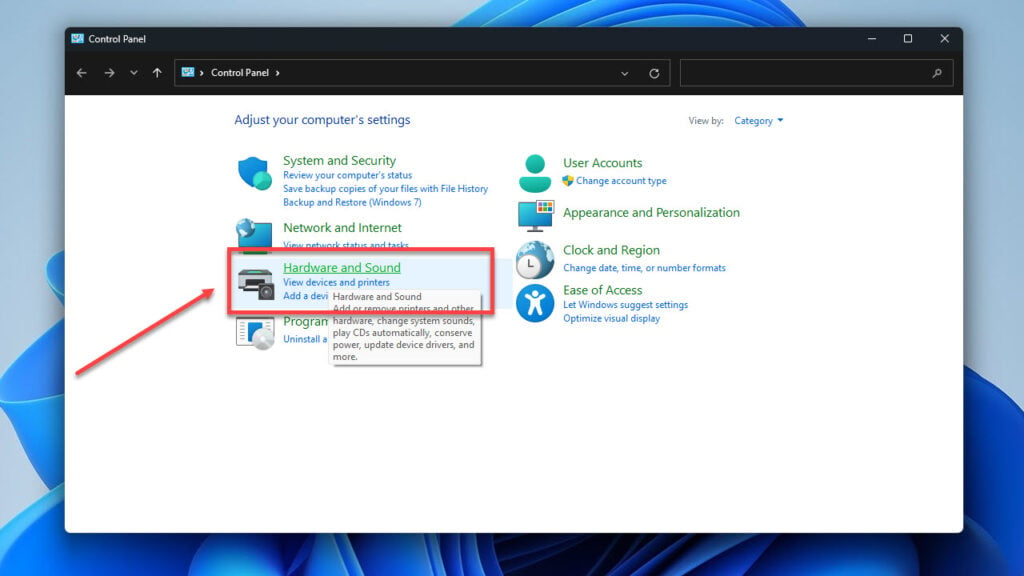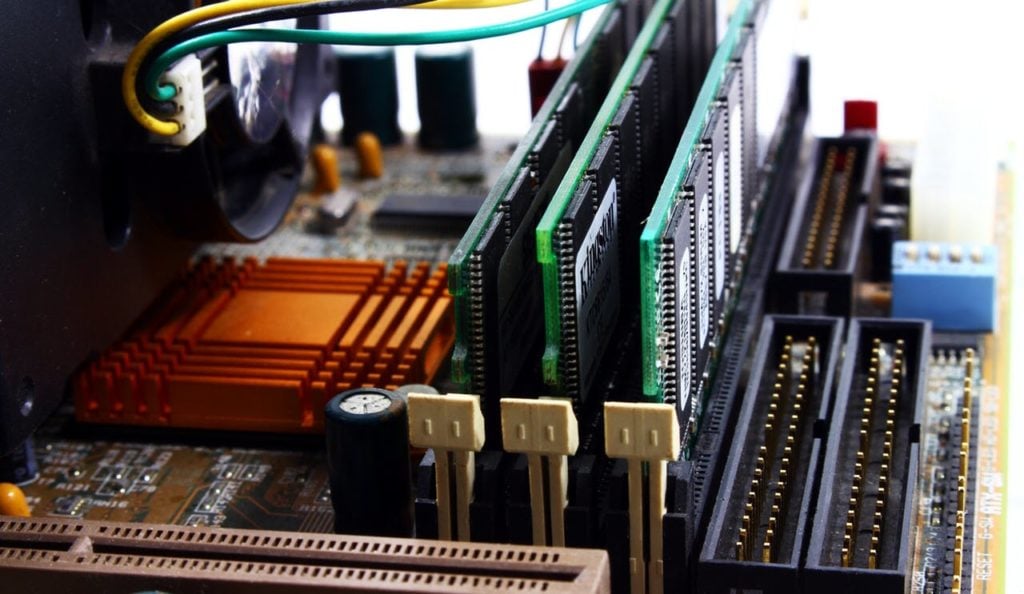If your brand new or old Dell monitor is entering power saver mode quite often and is hampering your productivity, don’t worry, we got you covered.
In this article, we look at some of the possible reasons for the issue and then we have mentioned 4 ways by which you can fix your monitor.
Why is Dell monitor entering power saver mode?
If your Dell monitor is entering the power saver mode every now and then, it is due to several possible reasons:
- The monitor is not receiving enough power. Your computer acts as a power source for the monitor. If it is randomly switching to a power saver mode, then there is some interference with the power supply between the computer and the monitor.
- You must have changed or tweaked the power settings on Windows. Strict power settings send a message to the system to disable all heavy equipment to save power. If this is the case, then you should go to Power Settings and change it.
- Check the motherboard to ensure that the motherboard’s battery is not drained.
- Sometimes Windows updates can also cause this problem.
Also read: How to fix Dell Monitor error: No DP signal from your device?
4 ways to fix the Dell monitor entering power saver mode issue
Now that we have understood what the reasons for this problem are, it is time for you to know the solutions. We have listed a few solutions to fix the issue.
Check the cable connection
A faulty cable connection might interfere with the power supply to the monitor. Make sure that the power supply is uninterrupted by either replacing the faulty wires or ensuring that your Dell monitor is plugged into the right slot. For example, if the monitor uses a VGA cable, it is plugged into the VGA slot and not HDMI.
Also, ensure that the cable is securely fixed in the ports.
Check the USB Selective Suspend settings
USB Selective Suspend is an operation by Windows whereby the idle USB drives are powered down for energy efficiency. But, sometimes Windows doesn’t resume the idle port and you have to do it manually.
Step 1: Go to Search in the taskbar and then type Control Panel.

Step 2: In the Control Panel, click on Hardware and Sound option.

Step 3: Click on Change Power Settings in the Power option.

Step 4: Next, hit the Change Plan Settings. You can click on either of the two settings.

Step 5: Click on Change Advanced Power Settings.

Step 6: Go to USB Settings > USB Selective Suspend Settings > Change Enable to Disable.

Click OK and then restart your computer for the effect to take place. For more understanding of USB power management in Windows, check out the article here.
Also read: Why is my Amazon order pending? How long will it take?
Check Power Saving Settings
A strict power-saving option can hamper the performance of your computer’s hardware. Follow the steps given below to check the power settings in Windows 11 and 10:
Step 1: Click on Edit Power Plan in the Power Options. In order to reach Power Options, look at the steps above.

Step 2: Here, click on the downward button in front of Turn off the display option and then select Never.

Click on Save changes and then restart the computer.
Check the Motherboard battery
A motherboard is the main circuit board in a computer or a mobile. It is the main central point where all the other peripherals are connected.

If your Dell monitor is entering power saver mode quite often, then it is highly likely that the motherboard’s battery is damaged. To change the batteries, turn off the computer and unplug it from the power source and then locate the motherboard.
If your motherboard has a coin-type battery then it is easy to remove it. On the other hand, if the motherboard has a non-removable battery then contact the manufacturer.
You can remove the motherboard’s battery if you are a professional. But for non-professional people, it would be better to seek help as the motherboard is also one of the most sensitive parts of a CPU.
We hope that this guide will be of some help in solving this problem.
Also read: How to fix the Type C motherboard keeps disconnecting issue?
